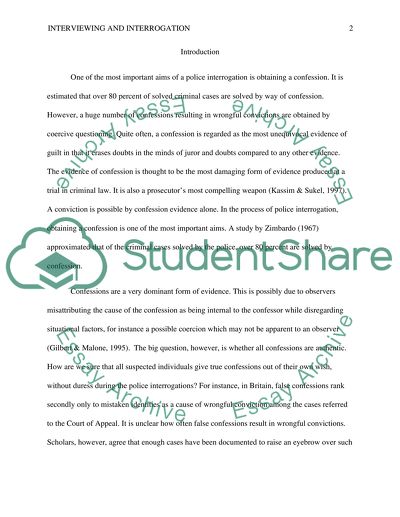Cite this document
(False Confessions and Influenced Witnesses as Pertains to Interviewing Case Study, n.d.)
False Confessions and Influenced Witnesses as Pertains to Interviewing Case Study. Retrieved from https://studentshare.org/law/1584739-false-confessions
False Confessions and Influenced Witnesses as Pertains to Interviewing Case Study. Retrieved from https://studentshare.org/law/1584739-false-confessions
(False Confessions and Influenced Witnesses As Pertains to Interviewing Case Study)
False Confessions and Influenced Witnesses As Pertains to Interviewing Case Study. https://studentshare.org/law/1584739-false-confessions.
False Confessions and Influenced Witnesses As Pertains to Interviewing Case Study. https://studentshare.org/law/1584739-false-confessions.
“False Confessions and Influenced Witnesses As Pertains to Interviewing Case Study”. https://studentshare.org/law/1584739-false-confessions.


